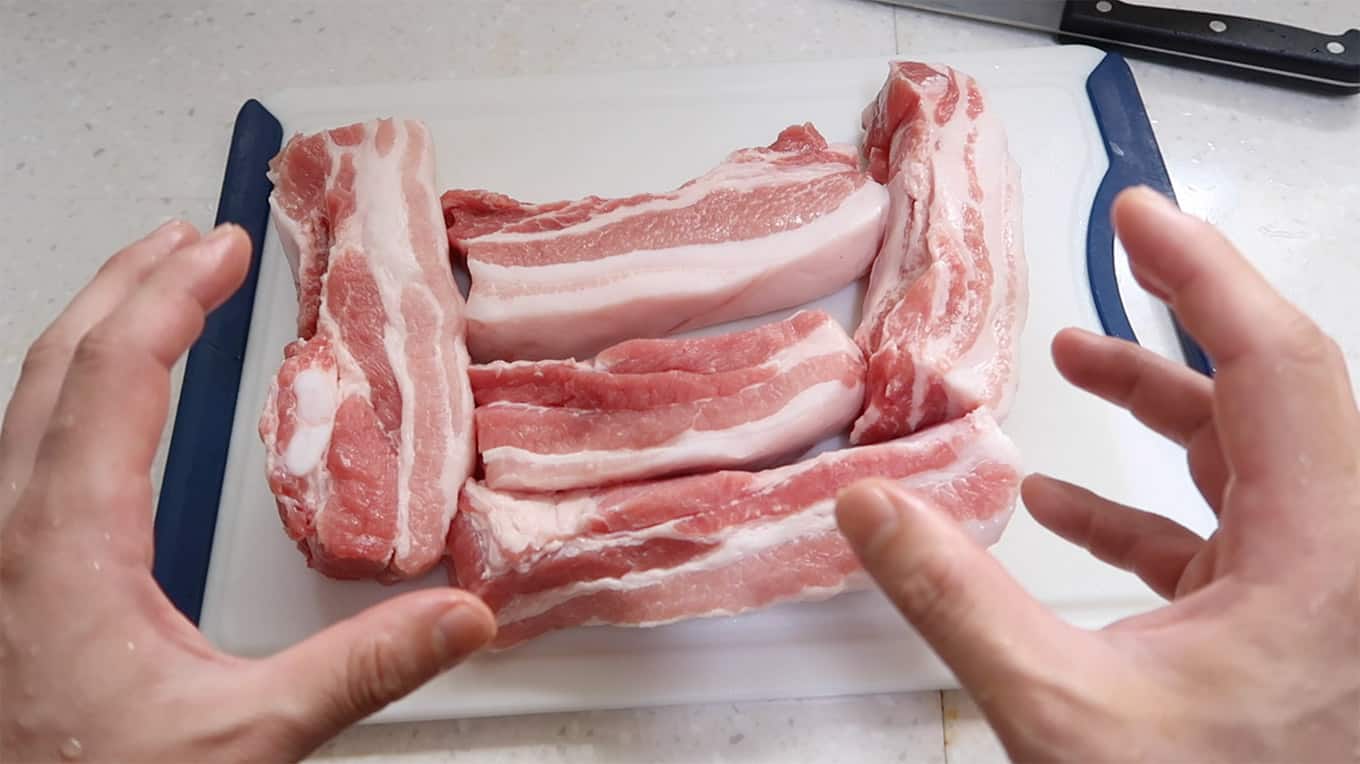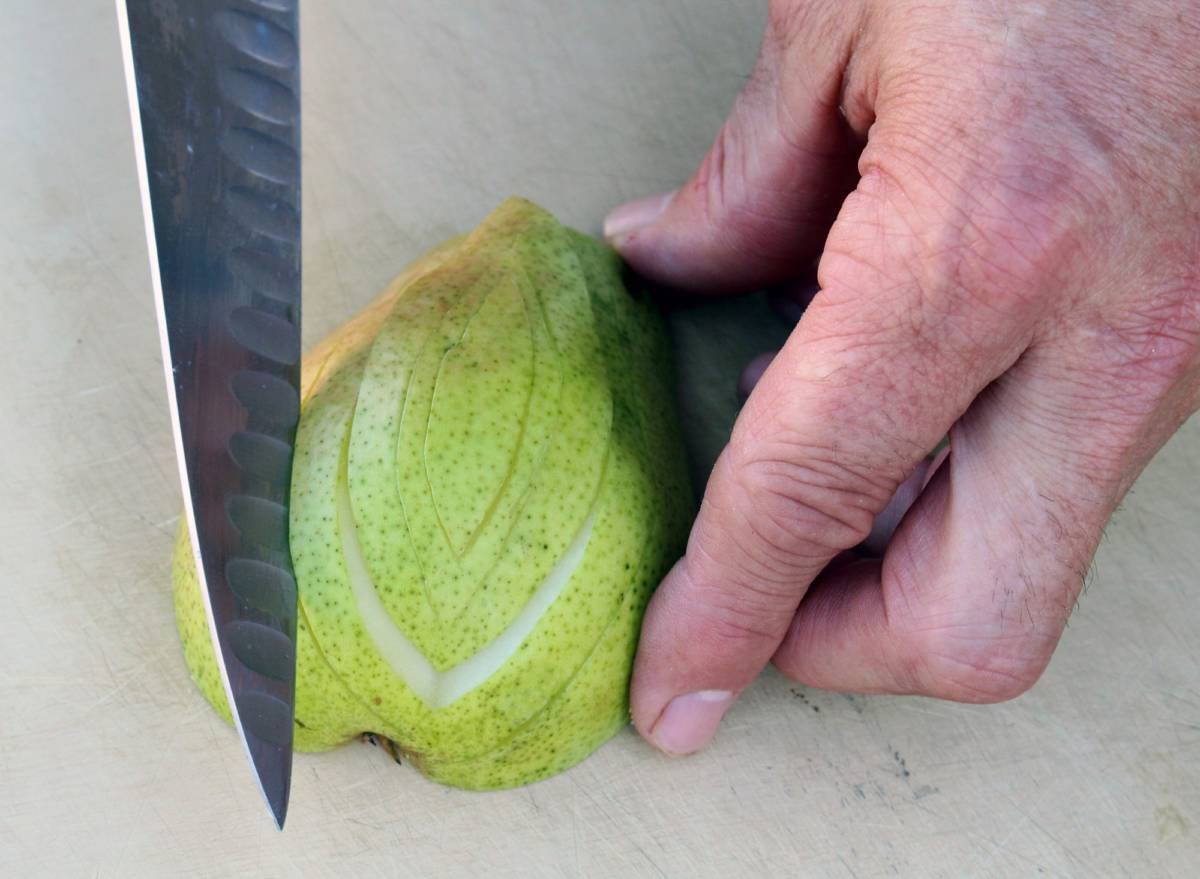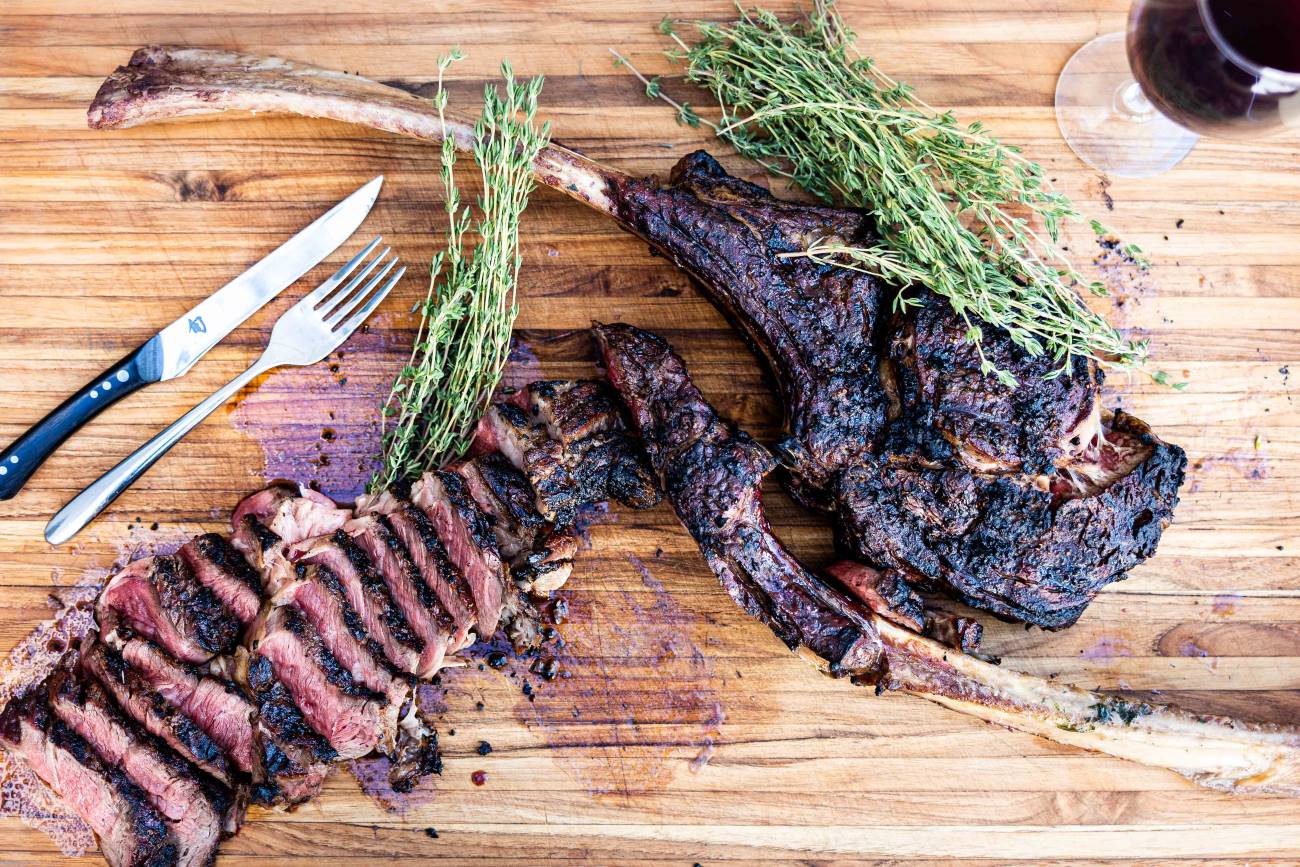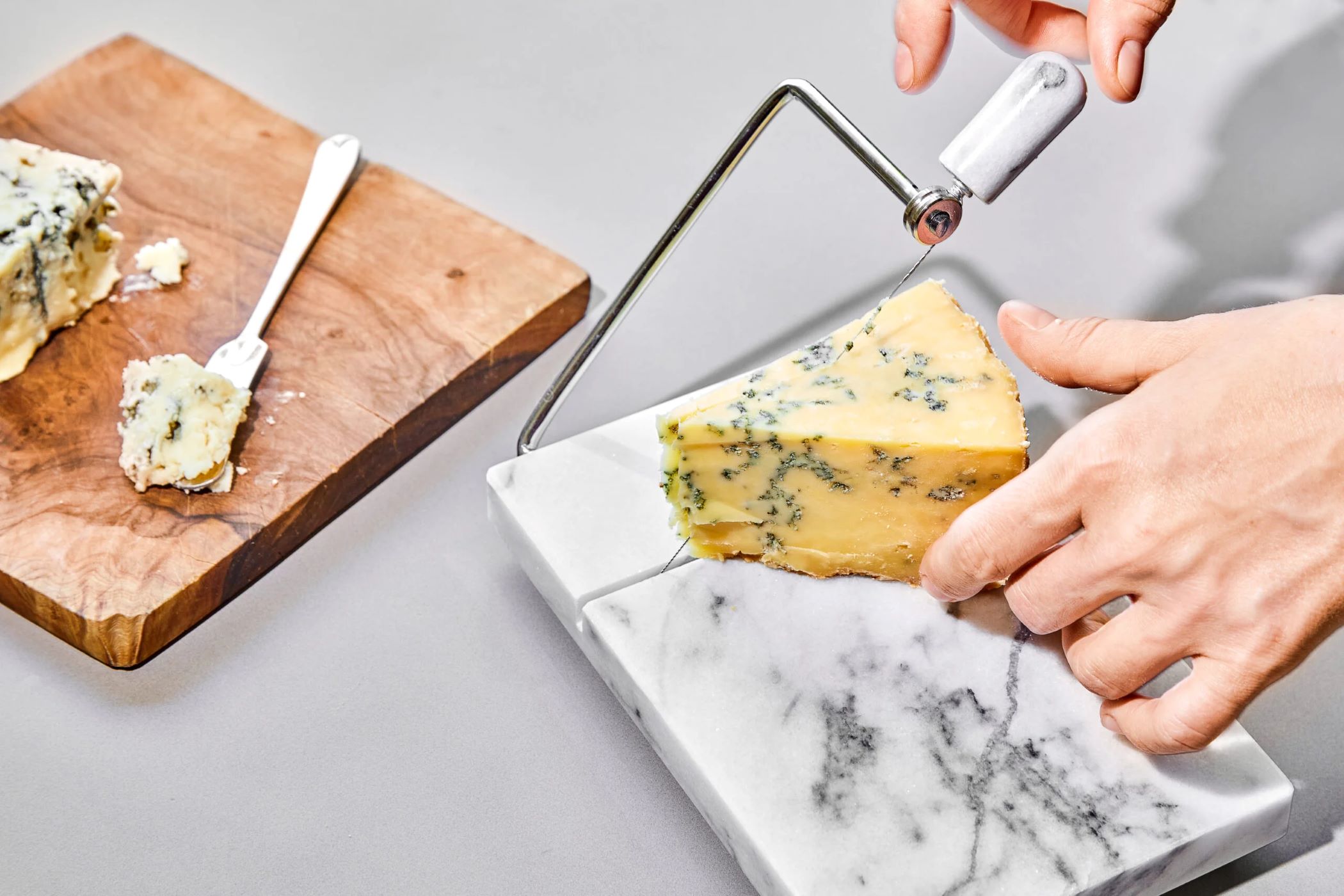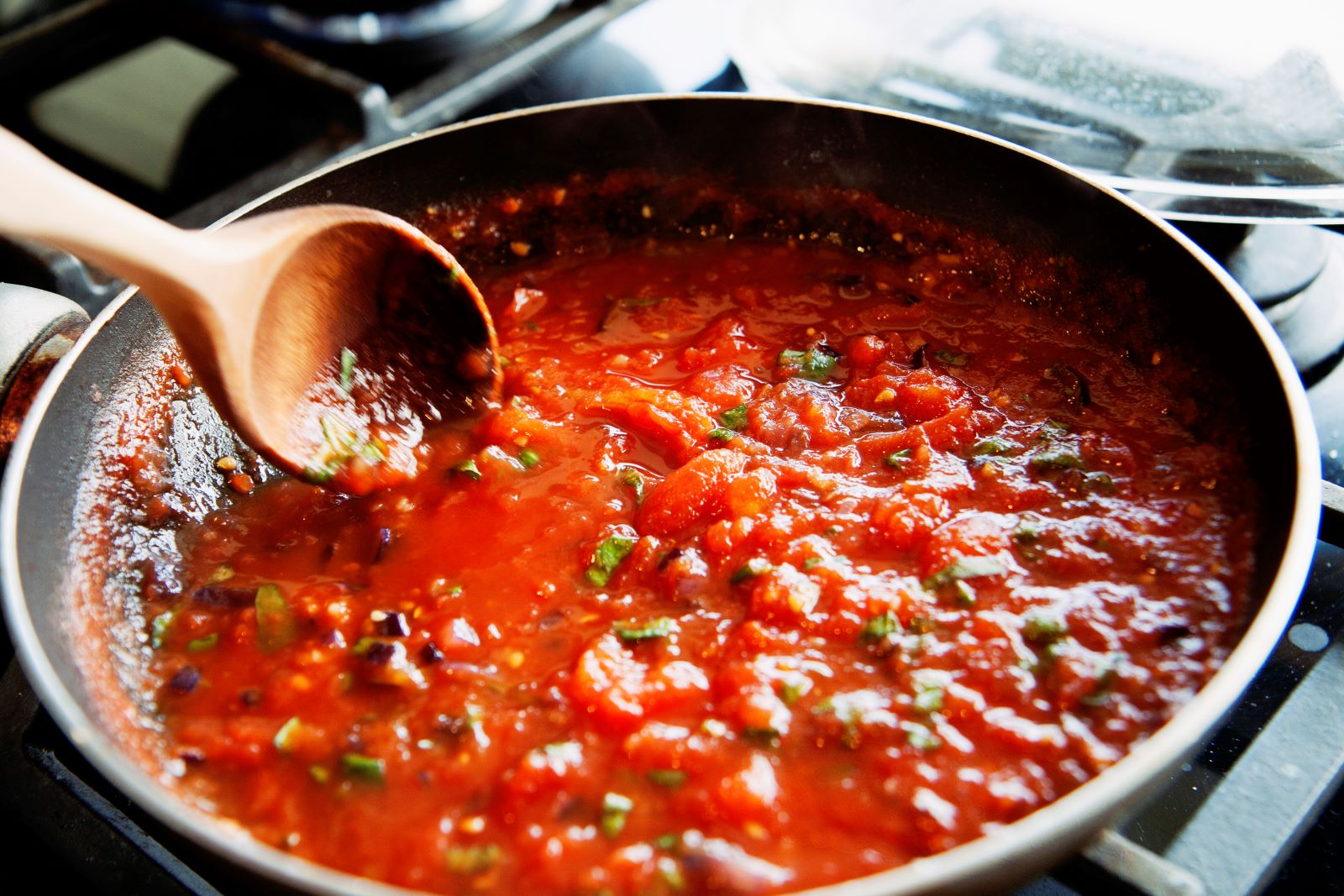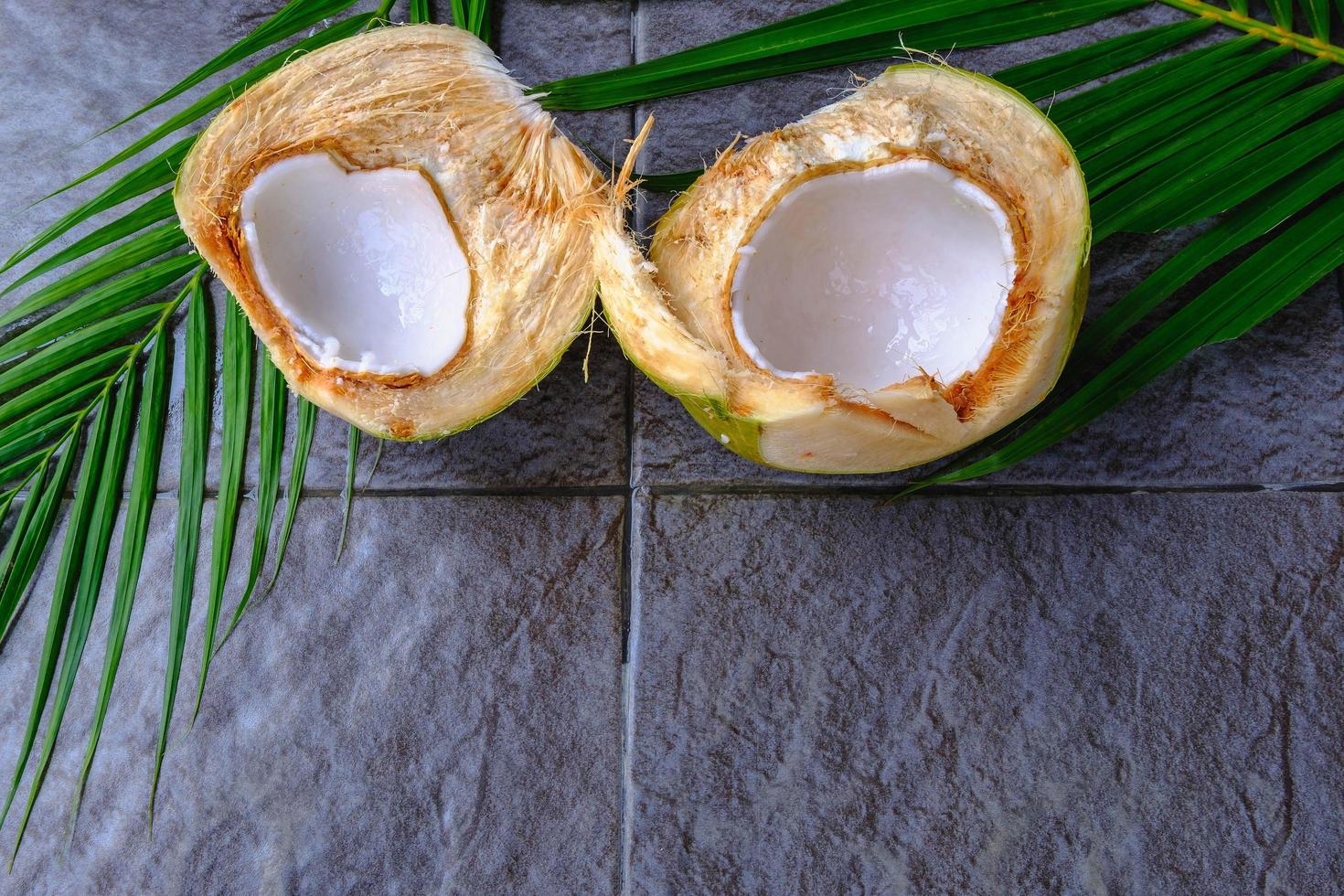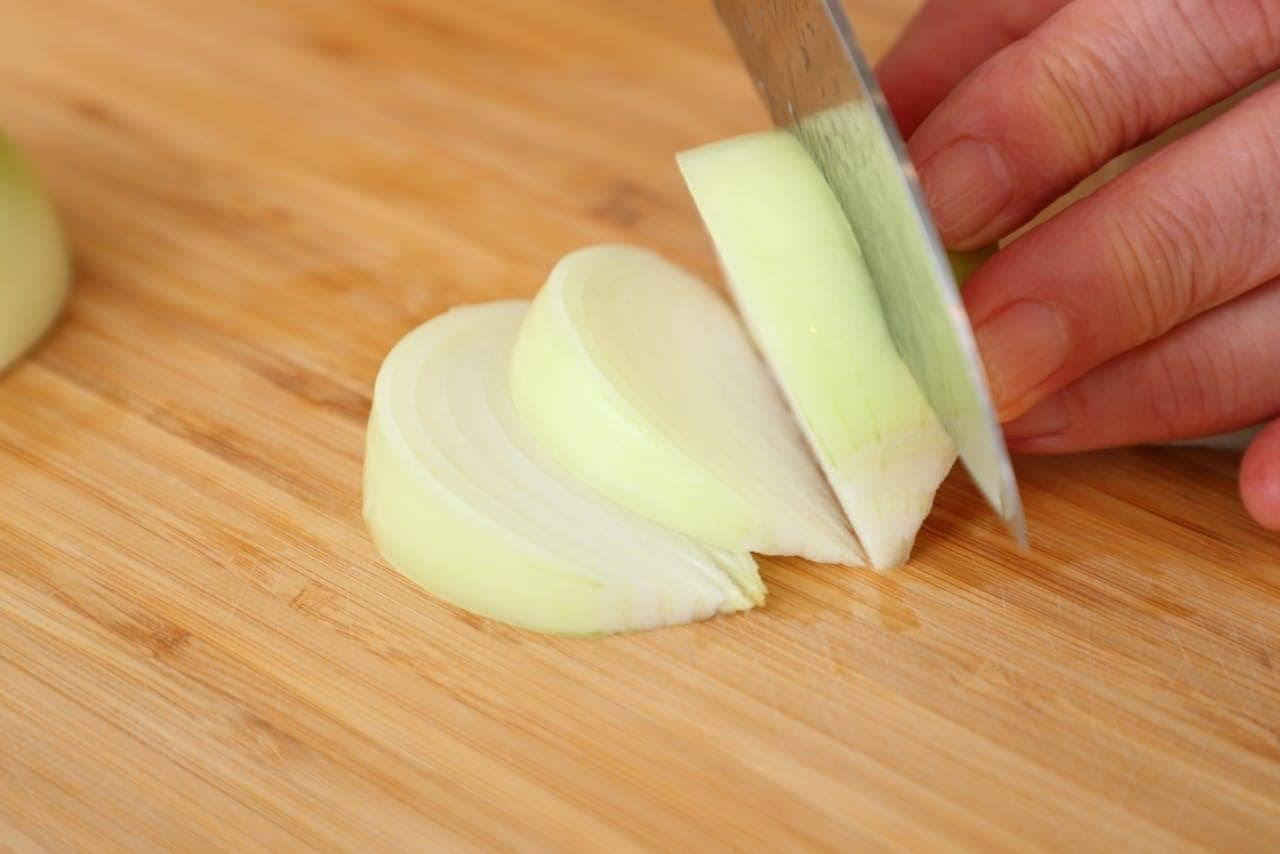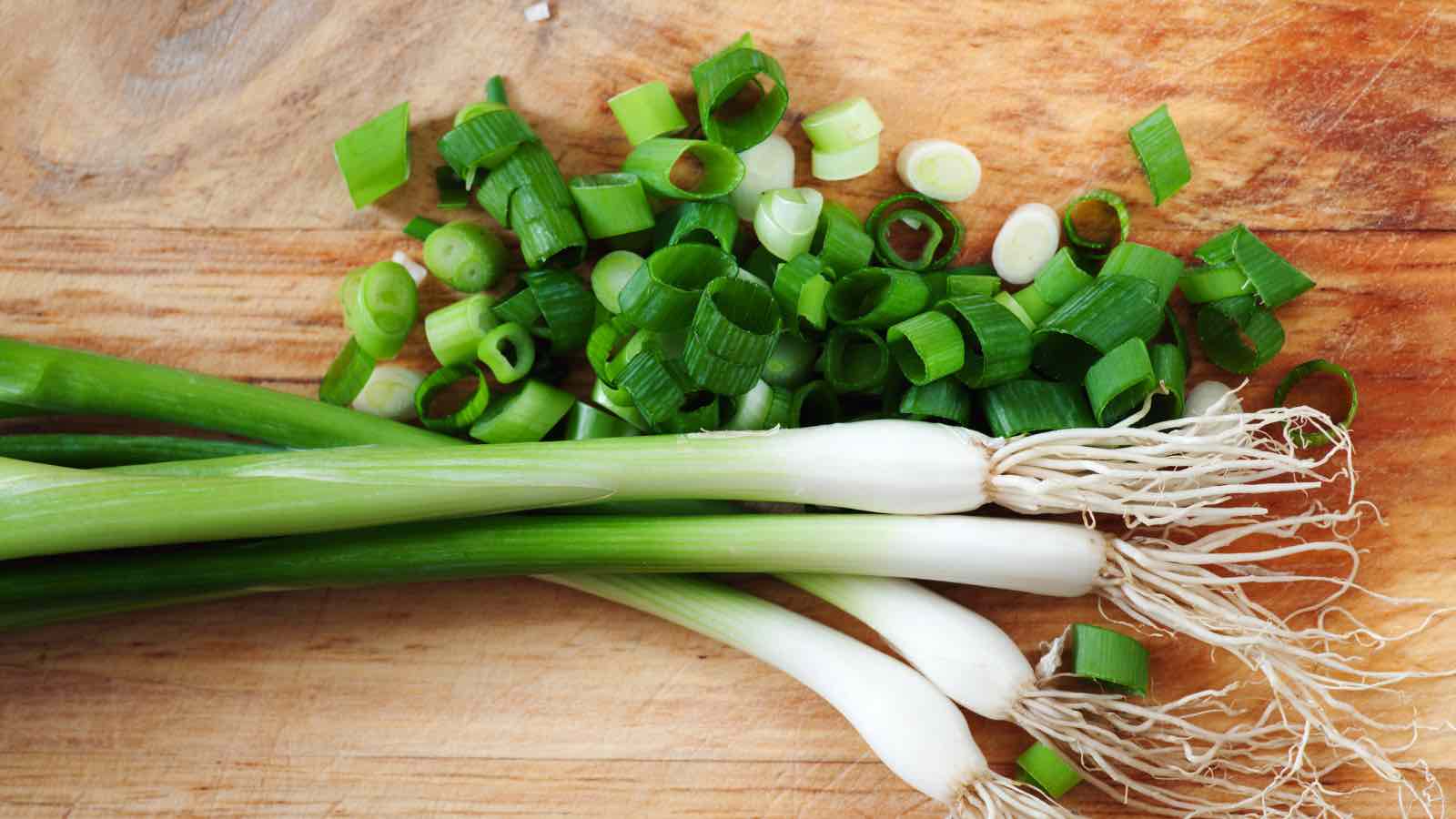How To Cut Hibachi Vegetables
When it comes to preparing a delicious hibachi meal at home, one of the key steps is cutting the vegetables correctly. Not only will this help enhance the flavors and textures of the dish, but it will also give it that authentic hibachi vibe. In this article, we will guide you through the process of cutting hibachi vegetables like a pro.
1. Gather Your Ingredients
Before you start slicing and dicing, ensure you have all the necessary ingredients for your hibachi vegetable medley. The most common vegetables used in hibachi cooking include:
- Carrots
- Zucchini
- Mushrooms
- Onions
- Broccoli
- Peppers
Feel free to include any other vegetables you enjoy or experiment with different combinations.
2. Wash and Prep
Thoroughly wash all your vegetables under cold running water. Use a vegetable brush to remove any dirt or residue. Once clean, pat them dry with a clean towel.
Next, remove any stems, leaves, or tough outer layers from your vegetables. For example, peel the carrots and onions, and remove the stems from the mushrooms. This ensures your vegetables are ready for the cutting process.
3. Choose Your Cut
The way you cut your hibachi vegetables can greatly impact the final dish. Here are three popular cuts to choose from:
- Julienne: This method involves cutting the vegetables into long, thin strips. It works well for carrots, zucchini, and peppers. Start by cutting the vegetables into smaller pieces, then slice them lengthwise into thin strips.
- Dice: Dicing the vegetables into small, uniform cubes works best for onions, mushrooms, and broccoli. Begin by cutting the vegetables into smaller sections, then slice them horizontally and vertically to create cubes.
- Slice: Slicing is ideal for larger vegetables like bell peppers. Simply cut them into thin, even slices.
Ultimately, the method you choose will depend on your personal preference and the overall presentation you wish to achieve.
4. Pay Attention to Size
When cutting hibachi vegetables, it’s important to maintain a consistent size to ensure even cooking. This will help prevent some pieces from being undercooked while others become overcooked.
Try to keep your vegetable cuts around the same thickness, so they cook evenly. This not only improves the flavor but also contributes to the dish’s visual appeal.
5. Practice Knife Safety
As you begin cutting your hibachi vegetables, safety should be a top priority. Always use a sharp knife and exercise caution to avoid accidents. Make sure your cutting surface is stable and secure to prevent any slips.
If you’re less confident with your knife skills, consider investing in a mandoline slicer or a julienne peeler. These tools can help you achieve precise cuts without putting your fingers at risk.
6. Use Your Freshly Cut Hibachi Vegetables
Now that you’ve successfully cut your hibachi vegetables, you’re ready to use them in your favorite hibachi recipes. Whether you’re making stir-fries, fried rice, or hibachi-style grilled vegetables, these freshly cut ingredients will elevate the taste and presentation of your dishes.
Remember, practice makes perfect when it comes to cutting hibachi vegetables. So, grab your knife and start honing those skills to create amazing hibachi meals in the comfort of your own home.
For those keen on mastering the art of cutting hibachi vegetables, there are several mouth-watering recipes to test their newfound skills. A great starting point is the Hibachi Vegetable Medley with Teriyaki Sauce, where precision-cut vegetables shine in a flavorful sauce. Another must-try is the Hibachi Beef and Vegetable Noodles, offering a delightful mix of textures and tastes. For a protein-packed meal, Hibachi Shrimp and Vegetable Skewers provide a perfect balance of succulent shrimp and crisp vegetables. Lastly, the Hibachi Vegetable Stir-Fry with Cashews is an excellent choice for a nutty twist on the classic stir-fry. Each of these recipes will help readers practice their vegetable-cutting techniques while enjoying delicious and satisfying meals.
1. Make sure to wash and dry the vegetables before cutting them.
2. Use a sharp knife to ensure clean cuts and minimize bruising.
3. Keep your fingers tucked away and use a claw grip to protect your hand while cutting.
4. Cut the vegetables into uniform sizes to ensure they cook at the same rate.
5. If using bell peppers, remove the seeds and inner white membrane before cutting for a milder flavor.
Was this page helpful?
Read Next: How To Cut Beefsteak Tomatoes
